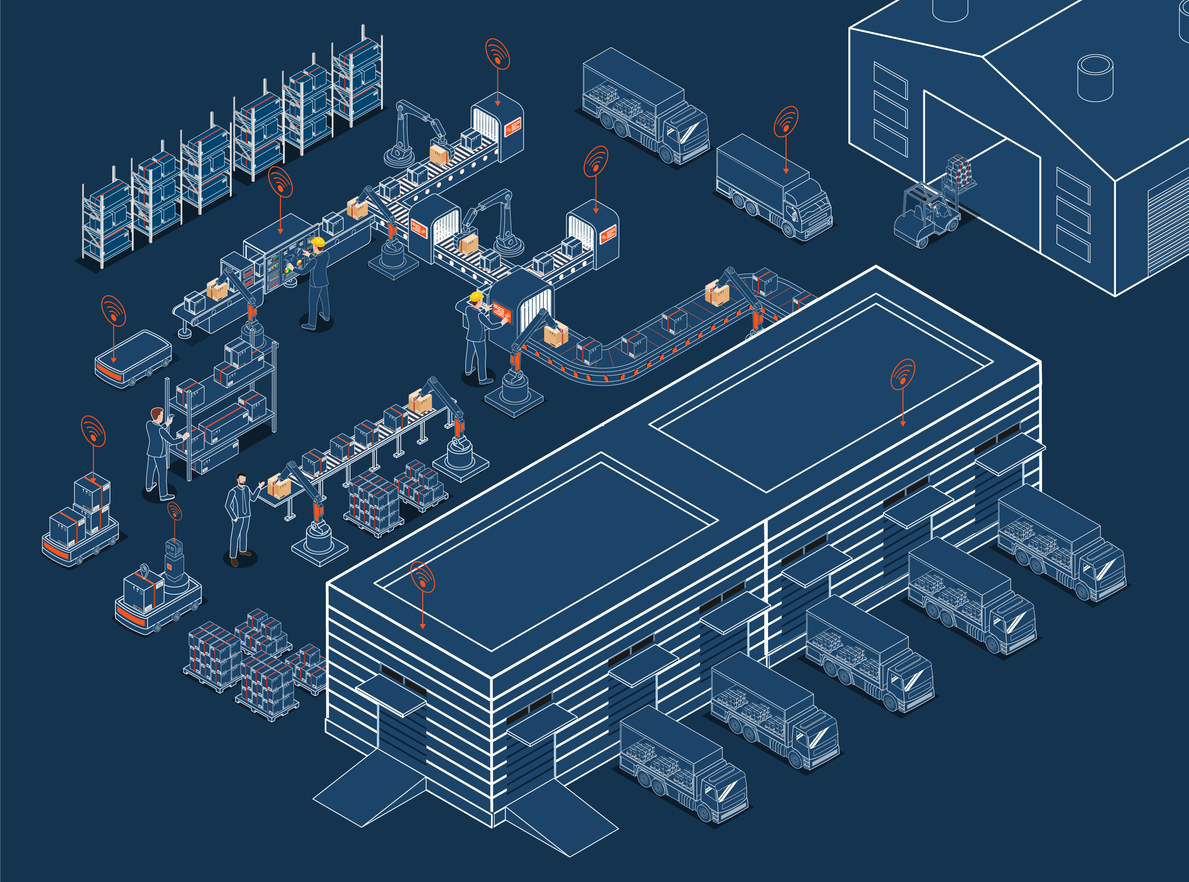Lean Warehousing: Streamlining Operations for Maximum Efficiency
Lean warehousing is a methodology derived from lean manufacturing principles, focusing on reducing waste, improving efficiency, and optimizing processes within warehouse operations. As businesses strive to remain competitive in an increasingly demanding market, implementing lean practices in warehousing has become essential for reducing costs, improving customer satisfaction, and maximizing profitability. This article explores the key principles of lean warehousing, its benefits, and how to implement it effectively in your warehouse operations.
What is Lean Warehousing?
Lean warehousing applies the core principles of lean thinking—originally developed by Toyota in the manufacturing sector—to warehouse operations. The goal is to create a streamlined, efficient warehouse environment by eliminating non-value-added activities (waste), improving workflow, and optimizing resource utilization.
Key Principles of Lean Warehousing:
- Waste Reduction (Muda): Identifying and eliminating any activities that do not add value to the customer, such as excess inventory, over-processing, unnecessary movement, and waiting times.
- Continuous Improvement (Kaizen): Fostering a culture of continuous improvement where employees at all levels are encouraged to suggest and implement process enhancements.
- Just-In-Time (JIT) Inventory: Reducing inventory levels to minimize storage costs and avoid overstocking by receiving goods only as they are needed for production or customer orders.
- Standardization: Creating standardized processes and procedures to ensure consistency, reduce errors, and improve efficiency.
- 5S Methodology: Implementing the 5S approach (Sort, Set in order, Shine, Standardize, Sustain) to organize and maintain a clean, efficient, and safe warehouse environment.
Benefits of Lean Warehousing
1. Cost Reduction
- Lower Inventory Costs: By implementing JIT inventory practices, lean warehousing reduces the need for large storage spaces and minimizes inventory holding costs.
- Reduced Waste: Eliminating non-value-added activities leads to fewer wasted resources, such as time, materials, and labor.
2. Improved Efficiency
- Streamlined Operations: Lean warehousing optimizes workflow and processes, reducing the time it takes to complete tasks and improving overall operational efficiency.
- Faster Turnaround Times: With a focus on efficiency and waste reduction, lean warehousing enables faster order processing and delivery, enhancing customer satisfaction.
3. Enhanced Quality and Accuracy
- Standardized Processes: Lean warehousing promotes the use of standardized processes, reducing the likelihood of errors and ensuring consistency in operations.
- Improved Employee Engagement: Involving employees in continuous improvement efforts fosters a sense of ownership and accountability, leading to higher-quality work and fewer mistakes.
4. Flexibility and Scalability
- Adaptability: Lean warehousing practices allow for greater flexibility in adapting to changes in demand, product mix, or market conditions.
- Scalability: Lean principles can be scaled across multiple warehouses or locations, ensuring consistent performance and efficiency as the business grows.
Implementing Lean Warehousing in Your Operations
1. Conduct a Value Stream Mapping (VSM)
- Identify Value-Added Activities: Map out your current warehouse processes to identify which activities add value to the customer and which do not.
- Eliminate Waste: Use the VSM to pinpoint areas where waste can be eliminated, such as reducing unnecessary movement, optimizing layout, or streamlining picking and packing processes.
2. Optimize Layout and Workflow
- Efficient Layout Design: Design your warehouse layout to minimize travel distances, reduce bottlenecks, and improve the flow of goods from receiving to shipping.
- Workflow Standardization: Develop standardized workflows for key processes, such as order picking, packing, and replenishment, to ensure consistency and efficiency.
3. Implement the 5S Methodology
- Sort: Remove unnecessary items from the warehouse to reduce clutter and improve efficiency.
- Set in Order: Organize tools, equipment, and materials so that everything is easily accessible and in its designated place.
- Shine: Maintain a clean and orderly workspace to prevent accidents and improve morale.
- Standardize: Develop standard procedures for maintaining order and cleanliness.
- Sustain: Foster a culture of discipline and continuous improvement to ensure that the 5S principles are consistently applied.
4. Invest in Employee Training and Engagement
- Training Programs: Provide training for employees on lean principles and best practices to ensure they understand their role in the lean warehousing process.
- Encourage Feedback: Create channels for employees to suggest improvements and participate in continuous improvement initiatives.
5. Leverage Technology
- Warehouse Management Systems (WMS): Implement a WMS to automate and optimize key warehouse processes, such as inventory management, order picking, and shipping.
- Data Analytics: Use data analytics to monitor performance, identify trends, and make informed decisions about process improvements.
Conclusion
Lean warehousing is a powerful approach to optimizing warehouse operations, reducing costs, and enhancing efficiency. By focusing on waste reduction, continuous improvement, and standardized processes, businesses can create a streamlined and flexible warehouse environment that meets the demands of a competitive market.
At Wigmore Trading, we provide expert advice and solutions to help you implement lean warehousing practices in your operations. Contact us today to learn more about how we can support your business in achieving greater efficiency and profitability.
Get in Touch:
Ready to implement lean warehousing in your operations? Contact Wigmore Trading for expert guidance and support. Visit our website, email, or call us to explore how we can help you optimize your warehouse operations.








Comments are closed.